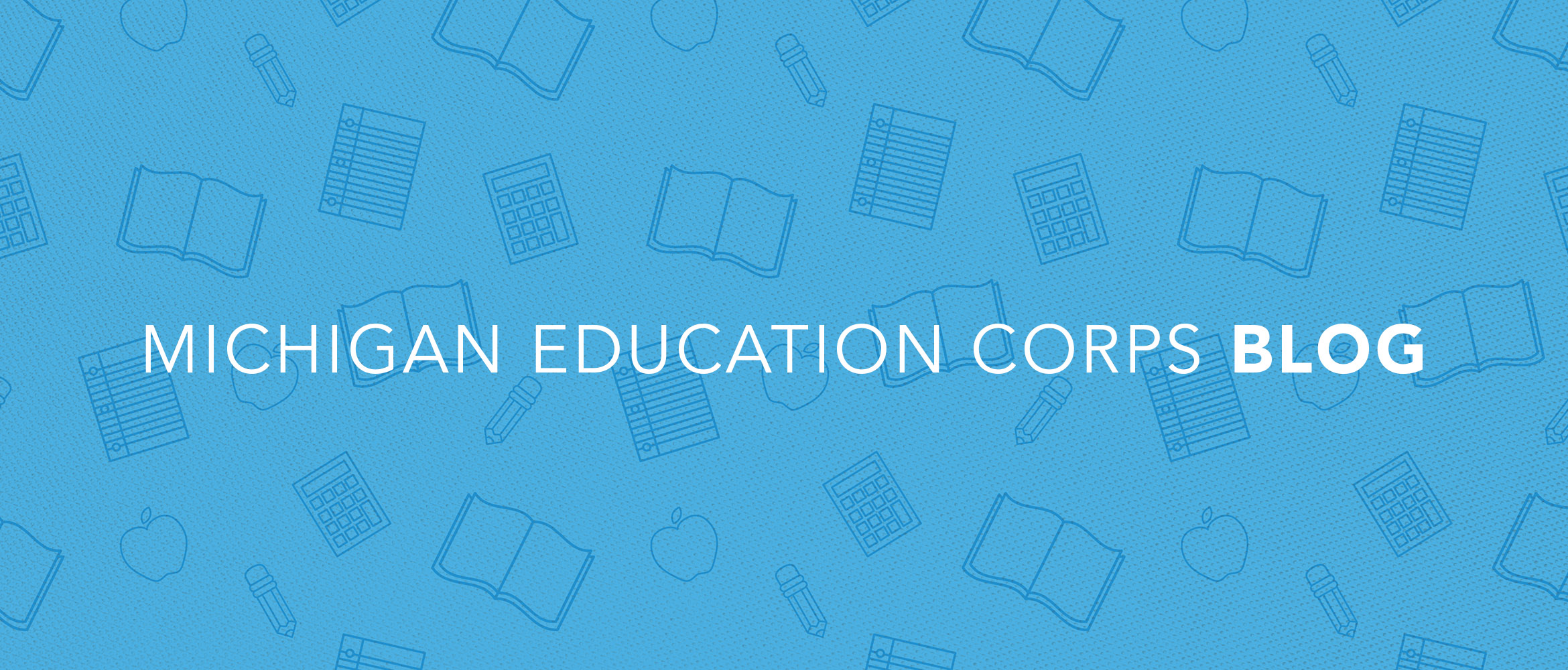
Making Virtual Connections
Making Virtual Connections
Jon Hamilton, K-3 Reading Corps Interventionist
It’s been a chaotic start to the school year, my first serving as a member of Reading Corps. Serving at Mackenzie Elementary in Detroit, we learned at the 11th hour that we would be virtually tutoring students that would be a mix of in-classroom and virtual learners. The beginning of our “Service at Site” was delayed and marred by technical issues and changes at the school level that were beyond our control. Thankfully, we have an awesome team of interventionists and an internal coach who cares deeply about Reading Corps. But needless to say, being that far into the program and not yet working with students was a frustrating experience which I did not anticipate when I envisioned my role as an interventionist.
Then, on September 21st, 3 weeks after the start of my service term, I finally got an opportunity to work with students and it reminded me that there is an endgame behind all the technical difficulties and troubleshooting which have become a staple of pandemic learning. There are students who need and deserve our help.
The first child I was set to benchmark was a little girl in 2nd grade. The microphone on her computer didn’t work, because of course it didn’t, so we weren’t able to complete the benchmarking assessment. But for the 10 minutes we were on the screen together while her teacher tried to fix the audio, the student and I did our best to communicate with each other without sound. Waves, fist bump explosions, and heart symbols were exchanged, and she even gave me a 360 view of her classroom. It wasn’t Reading Corps, but a connection was made and it showed me that forming relationships with students over a screen might not be as difficult as I once thought.
The first child I successfully benchmarked was a boy from that same classroom. He let me know from the start that he would not be reading any words for me. Not out of defiance or disinterest, but because “I’m no good at reading”. I told him that all I cared about was that he tried his best. The boy really did give a good effort, but he filled in any silence with self-defeating language like “I don’t know any of these words” and “You’re going to give me an ‘F’ aren’t you?” while burying his head in his hands, which was truly heartbreaking. After getting through all of our assessments and leaving our virtual meeting room, the boy immediately called me back and asked “just give me two more chances” to get a better score. I told him that his score doesn’t matter and that I was proud of him for following my directions. In an effort to end our assessment on a positive note, I asked the boy who his favorite superhero was (he was wearing a Marvel mask). In the end, we came to the conclusion that Thor was way better than Spiderman.
Now THAT is what I signed up for.
Join Jon and others in helping Michigan kids become better readers. Apply to serve with K-3 Reading Corps!






